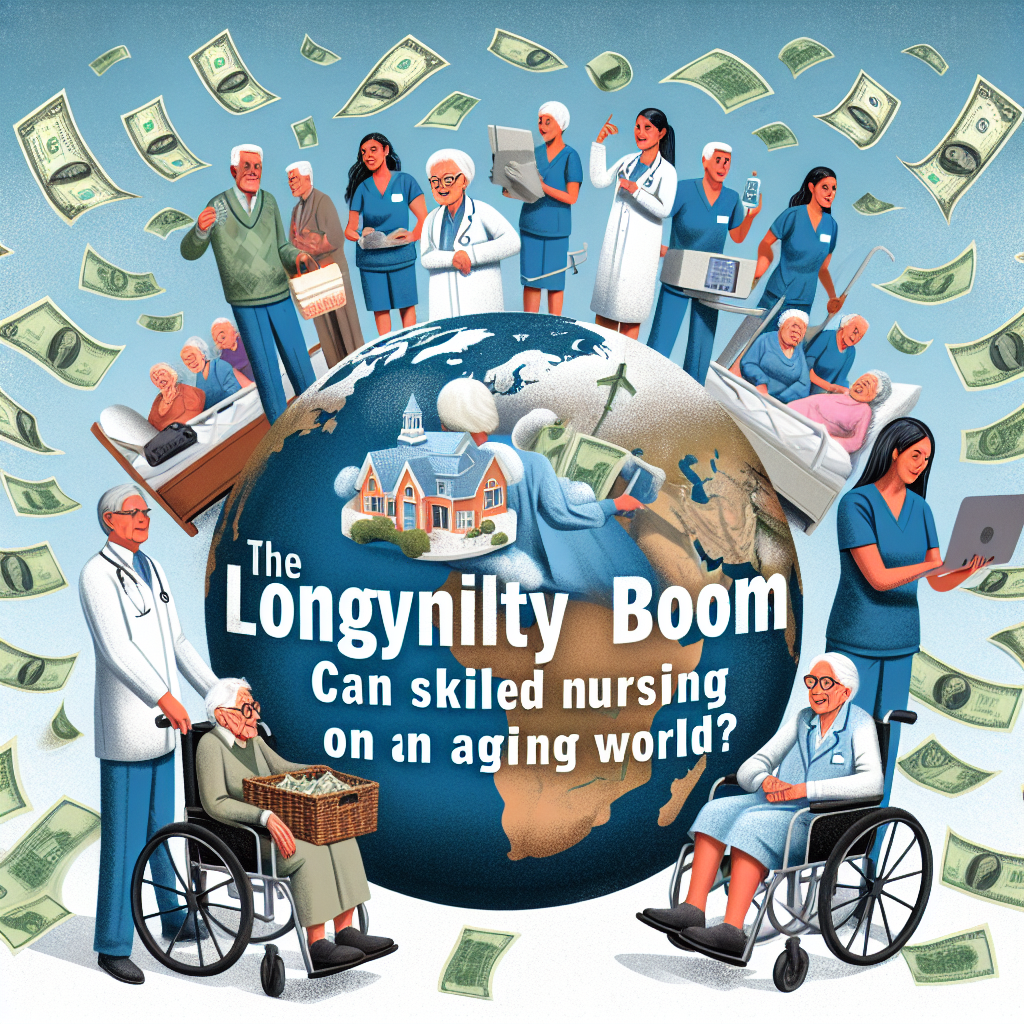New York, NY—The world is aging rapidly, a demographic shift that promises to reshape economies, workforces, and healthcare systems across the globe. By 2050, the United Nations estimates that people aged 65 and over will comprise nearly 16% of the global population, up from 9% in 2019. This longevity boom, characterized by an increasing number of individuals living into their 80s, 90s, and beyond, presents both challenges and opportunities, particularly for the skilled nursing sector.
Skilled nursing facilities, which provide round-the-clock healthcare services under the supervision of licensed health professionals, are at the forefront of an unprecedented market expansion. As the elderly population balloons, so does the demand for specialized, long-term care. However, capitalizing on this demographic trend is not without its hurdles. From staffing shortages to regulatory complexities, the path forward is fraught with challenges that require innovative solutions.
“At the heart of the longevity boom is the need for high-quality, compassionate care for our aging loved ones,” said Dr. Elena Sanchez, CEO of Bright Future Nursing Homes. “The skilled nursing sector has a monumental opportunity to lead the way in defining what elder care should look like in the 21st century.”
The demand is evident. A study conducted by the American Health Care Association (AHCA) revealed that occupancy rates in skilled nursing facilities have been steadily inching up, signaling a growing need for their services. Yet, to truly cash in on the aging world’s opportunities, facilities must adapt. This includes investing in state-of-the-art technologies to improve patient outcomes, embracing innovative care models that prioritize personalized, patient-centered approaches, and navigating the complex regulatory landscape that governs the industry.
Furthermore, the skilled nursing sector must address the critical issue of workforce development. The AHCA notes that attracting and retaining skilled professionals is essential to expanding capacity and maintaining high standards of care. As such, investing in workforce training programs, offering competitive compensation, and fostering a positive work environment are key strategies for skilled nursing facilities looking to thrive in the coming years.
In conclusion, the longevity boom presents a significant growth opportunity for the skilled nursing sector. However, capitalizing on this demographic trend requires more than just capacity expansion. It demands a comprehensive strategy that addresses the myriad challenges associated with providing high-quality, long-term care. For skilled nursing facilities willing to innovate and adapt, the aging world may indeed prove to be a golden opportunity.


